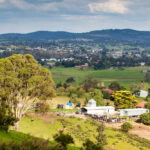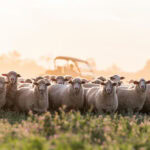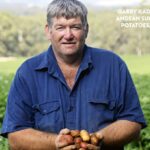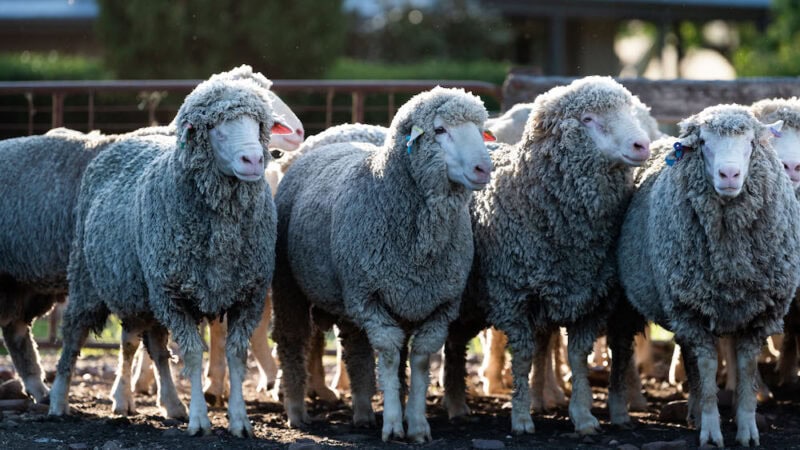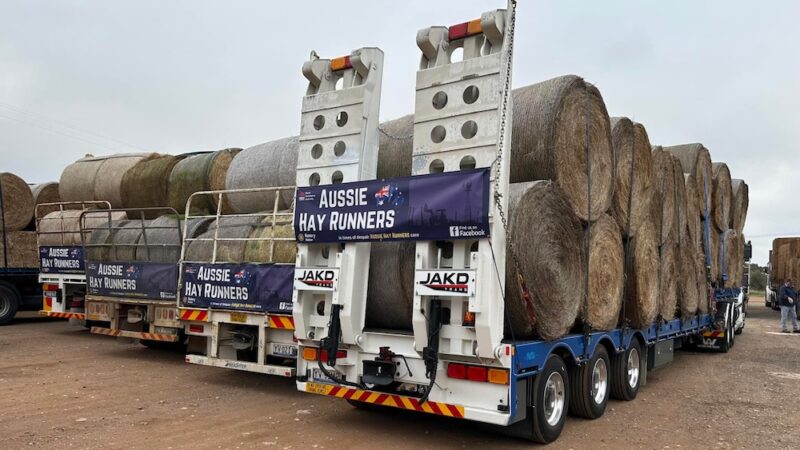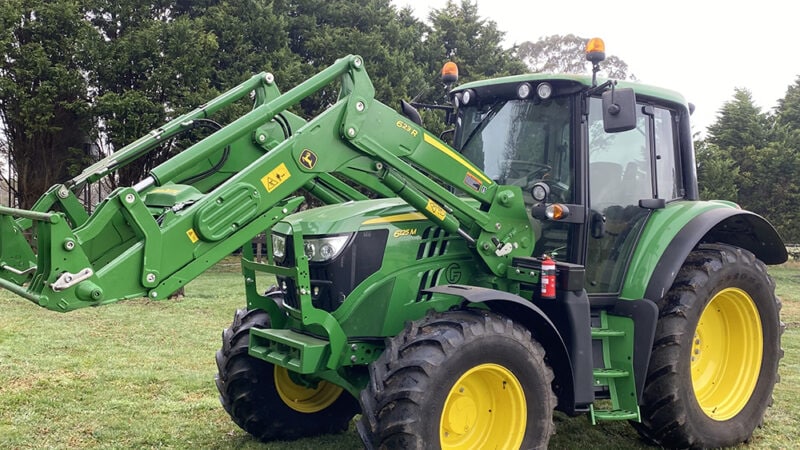When it comes to big issues that can hurt a farmer�s livelihood, 2019 and 2020…
Get your goats. The rise of rangeland goats.
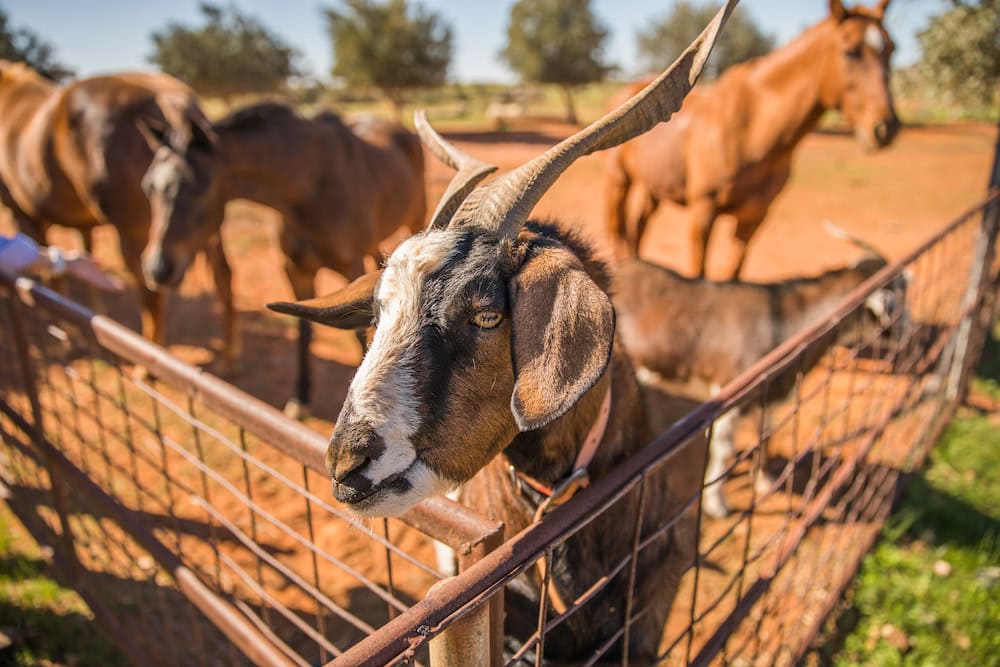
According to Meat and Livestock Australia (MLA), Australian goatmeat exports are booming despite the industry being in restocking mode.�
As of mid-October 2021, year-to-date slaughter volumes of 234,000 head were 30 per cent stronger than 2020 levels, however, when compared to the five-year average, they were 30 per cent softer. This is an indicator the national goat herds rebuild from
drought is progressing.
The rebuild is being positively supported by the strong average year-to-date over-the-hooks (OTH) price, which is 3 per cent, or 28c/kg cwt, stronger than the 2020 average in year-to-date prices.
Exporters continue to offer favourable prices to meet bulging order books and with producers increasingly looking to incorporate goats into their operations as a managed enterprise option, Australian goat exports are outperforming 2020 levels on the back of this slaughter volume strength.�
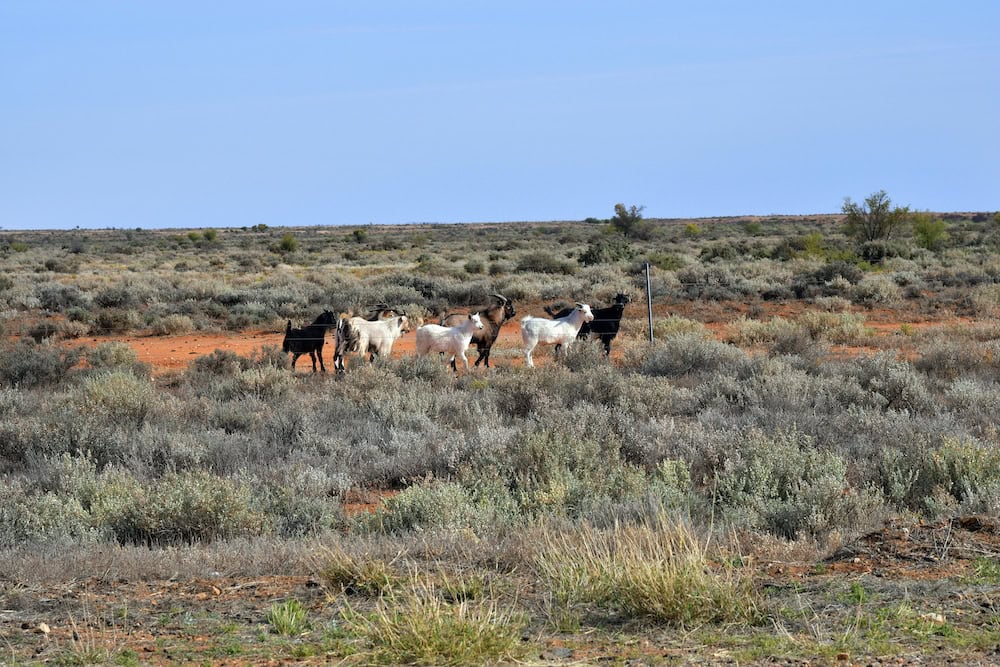
As a result, overall goat exports for 2021 according to MLA date �are operating 20 per cent, or 1,696 tonnes, better than 2020 year-to-August levels, driven by continued growth in the US and explosive volume upticks from South Korea, with its exports rising 97 per cent this year. Annually, the US accounts for 67 per cent of total goatmeat export volumes, demonstrating its significance for Australian red meat producers as a market�.
Rangeland goat prices booming
Goat Industry Council of Australia (GICA) Vice President, Secretary and NSW Farmers representative, Katie Davies, confirmed that the NSW goat herd is in a restocker phase.
�The drought really put downward pressure on numbers, however, there has been a real change in the composition of the herd as producers move from opportunistic harvesting operations to semi-opportunistic and managed production systems,� she says.
�This is happening because the goat meat market is burgeoning and demand has not backed off despite the rise in prices. Although demand is increasing in the domestic market, 70 per cent of goat meat is exported and Australia is the world�s biggest goat meat exporter.�
GICA Rangelands representative, Sam Beven, confirmed that the soaring prices are flowing on to producers. �Price wise, goats are going really well with prices still high. When we started mustering goats in 2015, we were excited by a carcase price of $4/kg and now we�re getting $4/kg liveweight and $10/kg carcase weight�.

Sam says that the situation is not entirely upside. �Numbers are down due to the drought. In 2015 we were mustering 4,000 to 5,000 goats without any trouble, now we are only getting 1,000 to 2,000. People who would previously not be bothered with a little herd of goats, would get them when drought hit and they had destocked their cattle and sheep,� she explains.
Sam says that rangeland goats have now been recognised as a separate breed and that more people are running rangeland goats as livestock.
�They�ve now got proper breeding and vet programs, and they�re putting them behind wire. These animals are perfectly adapted to the conditions out here,� she says. �People have bought stud billies (usually Boer goat billies) but in a lot of cases if people see some good strong rangeland billy goats with a big heavy front, they will draft them off and either sell them as breeders or use them as sires themselves.�
Huge advantages in goats for western NSW graziers
For Sam, the advantages of goats in Western NSW are clear and many.
�They are cheap to get started on, as usually you can just go and muster a herd, put them behind wire and start managing them. Goats do not get fly strike or skin cancer like Merinos and you don�t have to shear them. The only input costs are the cost of tagging and providing drinking water and feed. Even there they have an advantage as they eat a wider variety of feed.�
Sam also explains that compared to sheep, goats are a lot simpler at sale time.
�If you�re sending them straight to slaughter there is a blanket price per goat whether it is a billy goat or a nanny goat, or whether it is 10 years, or six months old. There is just the one price at a certain amount per kilo.
�Abattoirs will also take goats down to a carcase weight of six kilos but with sheep, they will not take anything less than 16 kilos carcass weight. If it gets over a certain amount, that drops the price, if the age is over a certain number, it will drop the price. With goats, you get a number and you just put them on the truck, they go, and you get paid.��
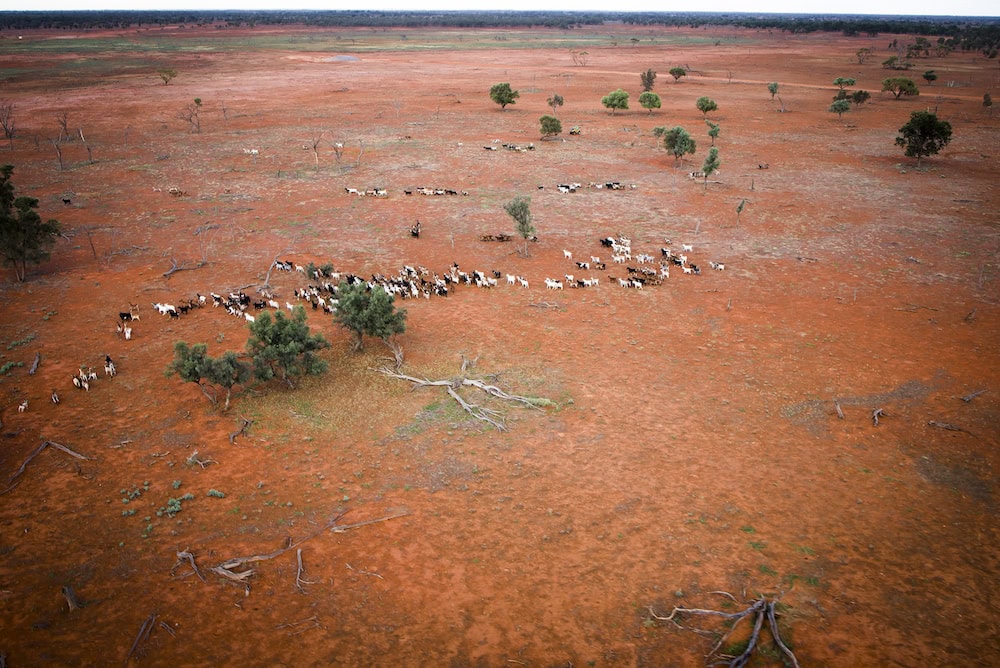
Beef Central reported that according to David Russell from Landmark Cobar, �There is no doubt
that goats have played a major role in improving profit margins for graziers throughout Western NSW over the past five to ten years. Producers who used to take a box trailer load of goats to town, get the cash and spend it at the supermarket have now turned it into a business. Properties have been improved with fencing and infrastructure and producers are making serious money.�
Infrastructure upgrades needed
While there are numerous advantages to including goats into the enterprise mix, there are some challenges � the main one being infrastructure.
�Goats need better infrastructure than sheep. If all you have is sheep yards, goats will jump over them or go through them,� says Katie. �Merino four wire fencing will not hold goats either � fences need to be taller and need a line of barbed wire at the bottom to stop them pushing under. What most rangeland goat producers are doing is starting with one paddock close to the yards and then moving outwards.�
Sam adds that goats are slightly different to sheep when it comes to handling. �They�re stubborn. You will try to move them and they will just stand and stare at you.�
Goats in Western NSW are effectively organically raised, partly because the drenches and other chemicals that sheep producers take for granted are not available. �Chemical registration is virtually non-existent and what we are able to use is off-label so we need to regularly renew the minor use permit,� says Katie. �Because of this, the industry has had to spend a lot of money on parasite management, particularly for Barbers� Pole.�
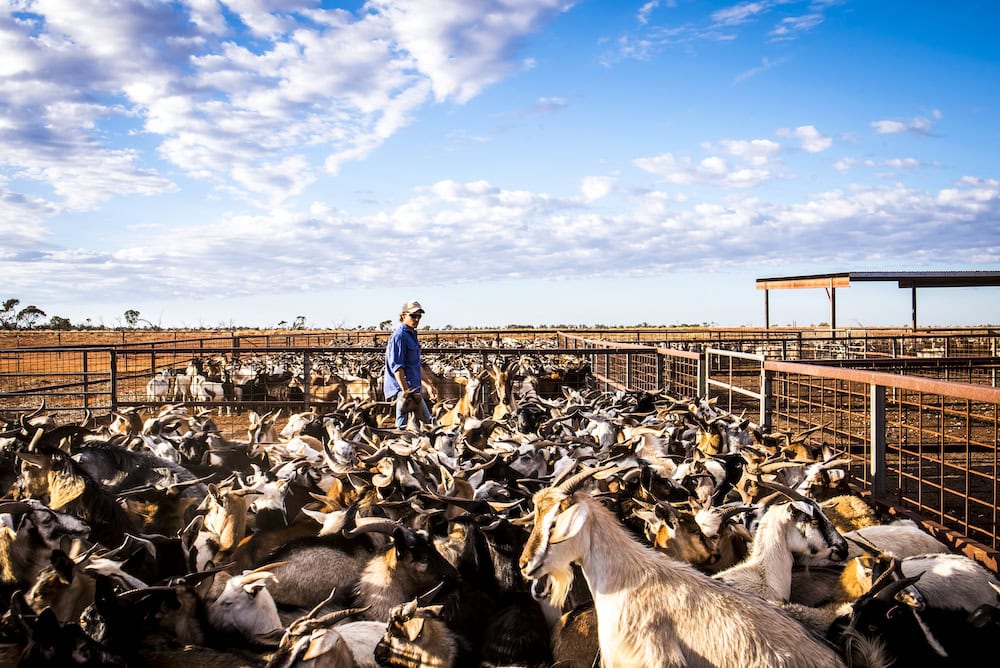
Western NSW goats reward careful management
Goats have been accused of degrading large swathes of Western NSW due to their habit of browsing as well as grazing. In his book Managing Pasture, Dale Strickler writes ��goats prefer � and to some extent � require � a diet rich in forbs and the leaves of woody species, which are higher in protein and minerals than grasses.
�Grasses may be a portion of the pasture composition, but it is important that forbs, legumes and woody species compose a large portion. Because� goats are capable of very close grazing they can easily eliminate many legumes and forbs from a pasture with uncontrolled grazing. Use of rotational [or adaptive multi-paddock] grazing with frequent animal moves makes the maintenance of legumes� forbs [and woody species] much easier.��
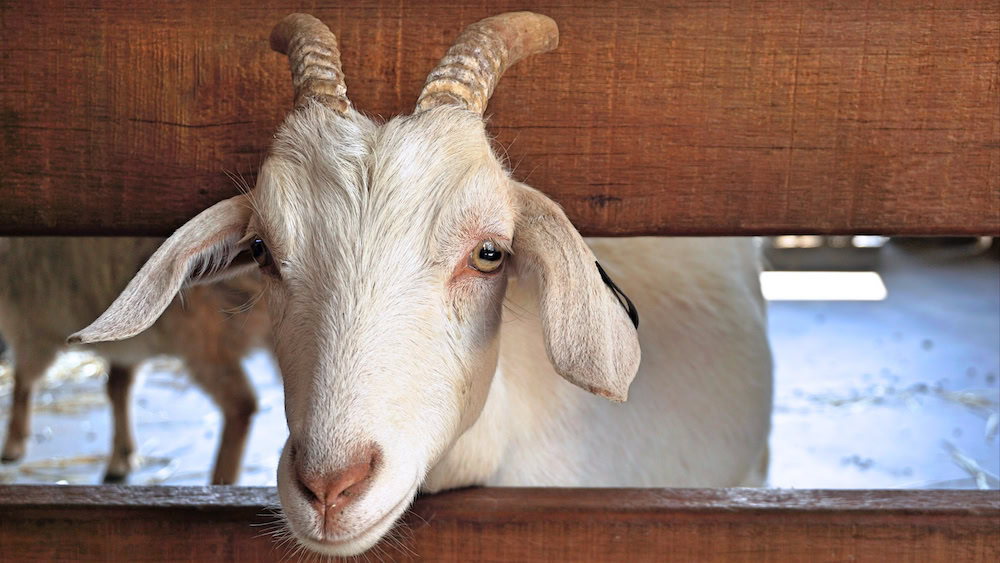
While acknowledging that goats do need to browse, both Katie and Sam argue that goats have had a bad rap. �Graziers in Western NSW are much more aware of the need for management of total grazing pressure. Where previously we relied on ground tanks, we have transitioned to tanks, poly pipe and troughs. By being able to turn water off, we can manage total grazing pressures and we can lock country up when it needs a spell. As a result, the landscape is healing. That�s our role and responsibility as landholders.�
If you enjoyed our feature on goat farming, you might like to read our story on the dairy industry.


